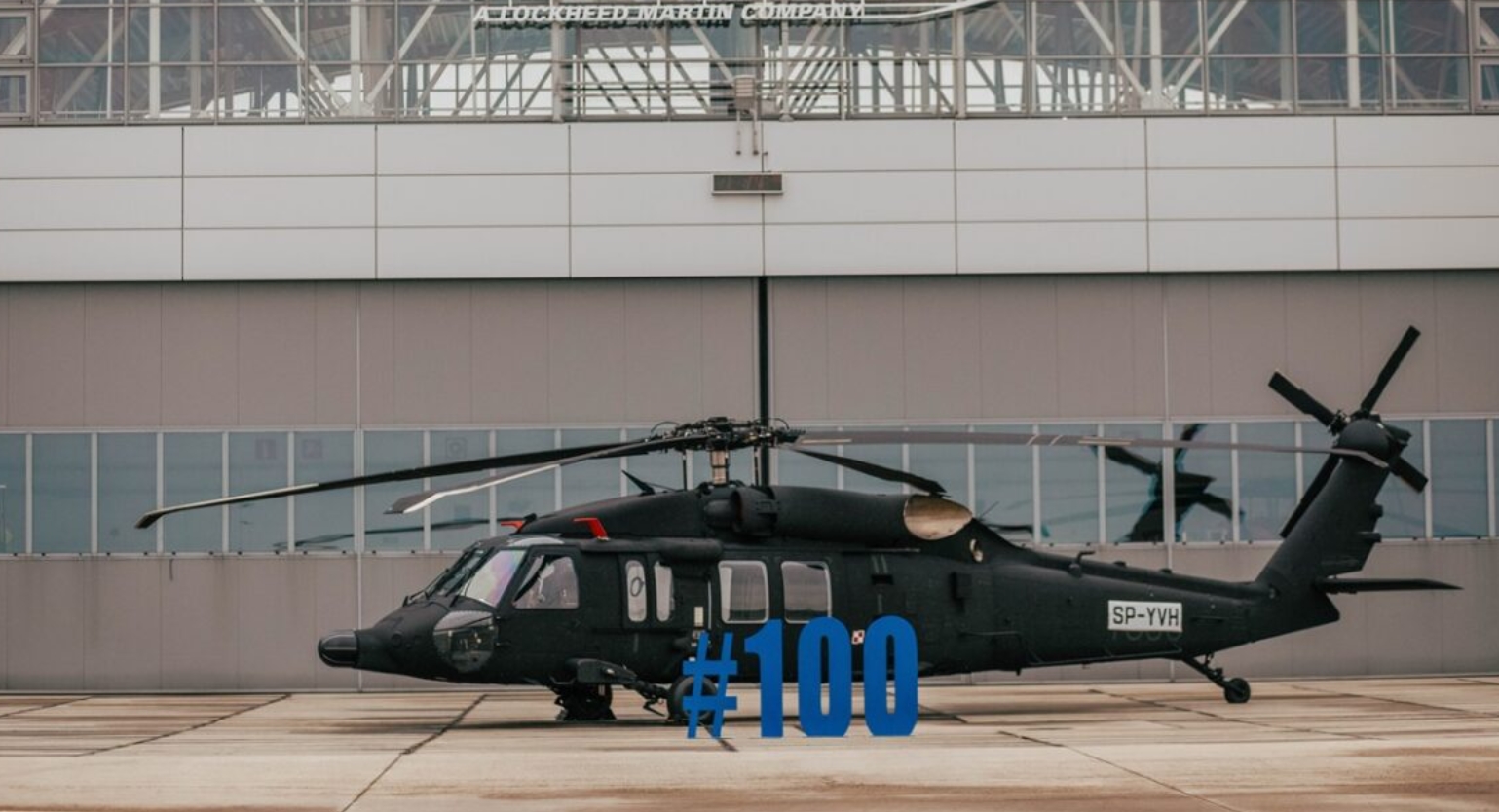Modernized Vertical Lift System With Advanced Composite Structures and Improved Safety And Security Actions
In the world of upright lift platforms, a significant shift towards modernization has been observed, driven by the combination of advanced composite frameworks and enhanced safety and security steps. In checking out the merging of modern technology and security in contemporary lift platforms, a compelling story arises, showcasing the capacity for transformative innovations that cater to the ever-evolving needs of industrial markets.
Advancement of Vertical Lift Platforms

The development of upright lift systems can be traced back to standard pulley systems and very early elevator layouts. Over time, technologies such as hydraulic systems, electric motors, and progressed control devices have vastly improved the effectiveness and security of these systems. Suppliers have actually likewise concentrated on boosting the stability, reach, and load-bearing capabilities of upright lift platforms to meet the diverse needs of different industries.
In addition, the integration of clever technologies like sensing units, IoT connection, and automation features has actually additionally changed the capacities of modern upright lift platforms. These technical improvements not only boost operational productivity however additionally ensure increased security standards for employees using these systems at different heights. The constant development of vertical lift platforms emphasizes their crucial role in improving upright movement across sectors.
Integration of Advanced Compound Structures

Furthermore, making use of innovative composite materials permits for even more facility and optimized structural styles, allowing engineers to tailor the platform's properties to meet certain performance needs. This modification can cause boosted aerodynamics, lowered vibrations, and enhanced overall safety throughout operation. The integration of advanced composite structures additionally adds to a reduction in maintenance costs and downtime, as these materials show exceptional resistance to environmental elements and have a longer life span contrasted to standard products. Generally, the incorporation of sophisticated composite frameworks in modern upright lift systems represents a significant advancement in aerospace technology, resulting in a lot more effective, reliable, and safer airborne transport systems.
Enhanced Precaution Execution
Carrying out boosted safety steps is crucial in making sure the optimal performance and reliability of modern upright lift platforms. One vital aspect of boosted safety and security steps is the see here now integration of sophisticated sensing unit modern technologies to check numerous parameters in real-time.

Market Applications and Advantages
With improvements in modern technology and design, improved vertical lift platforms have actually discovered diverse applications throughout different markets, using considerable benefits in effectiveness and productivity. In the manufacturing field, these platforms streamline the procedure of moving hefty materials and equipment within centers, minimizing hand-operated handling and boosting functional efficiency. The building and construction market benefits from upright lift platforms by making it possible for employees to access raised locations securely and successfully, boosting general task timelines. Warehousing and logistics business make use of these systems to enhance storage space usage and promote quicker picking and packing procedures.
Additionally, vertical lift platforms play a critical role in the repair and maintenance of facilities such as bridges, power lines, and structures, allowing professionals to reach hard to reach areas with simplicity (sikorsky s 70). The air travel industry additionally leverages these systems for airplane maintenance and setting up tasks, boosting operations performance and making sure employee safety at elevations. Overall, the extensive fostering of up-to-date upright lift platforms across markets underscores their convenience and the considerable enhancements they offer different procedures
Future Trends in Lift Platform Modern Technology
Incorporating innovative automation and smart features, lift platform innovation is poised to change vertical transport systems in the close to future. One vital pattern is the assimilation of Net of Points (IoT) modern technology, making it possible for lift platforms to interact real-time data for predictive maintenance, maximizing performance, and boosting safety and security. As lift platform technology continues to progress, these trends are established to form the future of vertical transportation, making it more effective, risk-free, and user-friendly.
Conclusion
In conclusion, the up-to-date vertical lift system showcases the development of innovation in the industry. By incorporating innovative composite structures and improved precaution, this system provides enhanced performance and safety and security for numerous applications. The market can benefit substantially from these innovations, and future patterns in lift platform technology are likely to proceed improving upon these developments for also greater success and efficiency.
In the world of vertical lift systems, a considerable shift towards modernization has actually been observed, driven by the combination of sophisticated composite structures and increased safety and security procedures. The constant evolution of vertical lift platforms underscores their crucial function in boosting vertical wheelchair throughout industries.

The consolidation of advanced composite structures in contemporary vertical lift platforms has substantially enhanced their structural honesty and performance capacities. By integrating these sophisticated compounds into the layout and construction of vertical lift platforms, makers can reduce overall weight, discover this boost load-carrying capability, and boost the system's sturdiness and durability.
Applying enhanced safety steps is critical in ensuring the optimal performance and reliability of contemporary vertical lift platforms.